Answered step by step
Verified Expert Solution
Question
1 Approved Answer
Sun Microsystems is a leading supplier of computer-related products, including servers, workstations, storage devices, and network switches. In 2009, Sun Microsystems was acquired by Oracle
Sun Microsystems is a leading supplier of
computer-related products, including servers, workstations, storage devices, and network switches. In 2009, Sun Microsystems was acquired by Oracle Corporation. In the letter to stockholders as part of the 2001 annual report, President and CEO Scott G. McNealy offered the following remarks: Fiscal 2001 was clearly a mixed bag for Sun, the industry, and the economy as a whole. Still, we finished with revenue growth of 16 percentand thats significant. We believe its a good indication that Sun continued to pull away from the pack and gain market share. For that, we owe a debt of gratitude to our employees worldwide, who aggressively brought costs downeven as they continued to bring exciting new products to market. The statement would not appear to be telling you enough. For example, McNealy says the year was a mixed bag with revenue growth of 16 percent. But what about earnings? You can delve further by examining the income statement in Exhibit 4 . Also, for additional analysis of other factors, consolidated balance sheet(s) are presented in Exhibit 5 .Referring to Exhibit 4 , compute the annual percentage change in net income per common share-diluted (second numerical line from the bottom) for 19981999, 19992000, and 20002001. Also in Exhibit 4 , compute net incomeet revenue (sales) for each of the four years. Begin with 1998. What is the major reason for the change in the answer for Question 2 between 2000 and 2001? To answer this question for each of the two years, take the ratio of the major income statement accounts to net revenues (sales). Cost of sales Research and development Selling, general and administrative expense Provision for income tax Compute return on stockholders equity for 2000 and 2001 using data from Exhibits 4 and 5. Analyze your results in Question 4 more completely by computing Ratios 1, 2 a, 2 b, and 3 b (all from this chapter) for 2000 and 2001. Actually the answer to Ratio 1 can be found as part of the answer to Question 2, but it is helpful to look at it initially. What do you think was the main contributing factor to the change in return on stockholders equity between 2000 and 2001? Think in terms of the Du Pont system of analysis. The average stock prices for each of the four years shown in Exhibit 4 were as follows: 1998 11 1999 16 2000 28 2001 9 Compute the price-earnings (P/E) ratio for each year. That is, take the stock price shown above and divide by net income per common stock-dilution from Exhibit 4 . Why do you think the P/E changed from its 2000 level to its 2001 level? A brief review of P/E ratios can be found under the heading Price-Earnings Ratio Applied to Earnings per Share in Chapter 2 . The book values per share for the same four years discussed in the preceding question were 1998 $1.18 1999 $1.55 2000 $2.29 2001 $3.26 Compute the ratio of price to book value for each year. Is there any dramatic shift in the ratios worthy of note?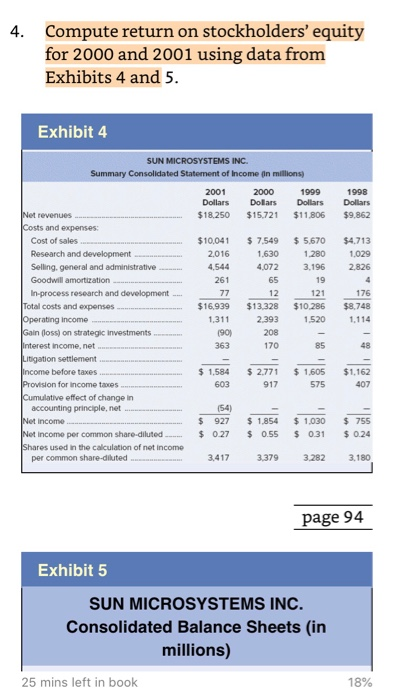
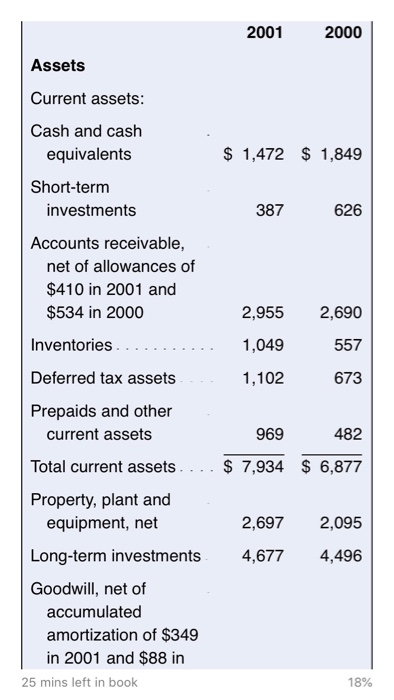
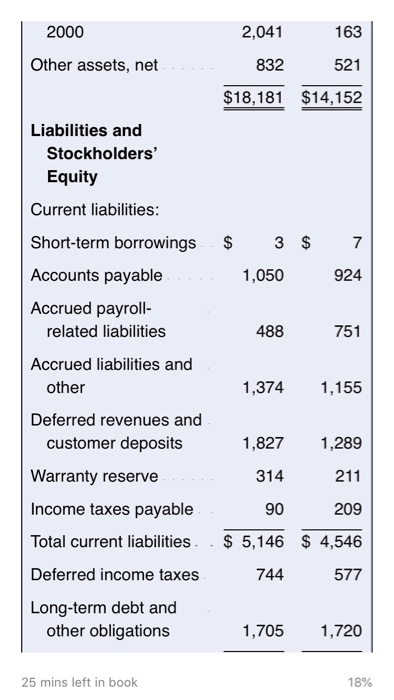
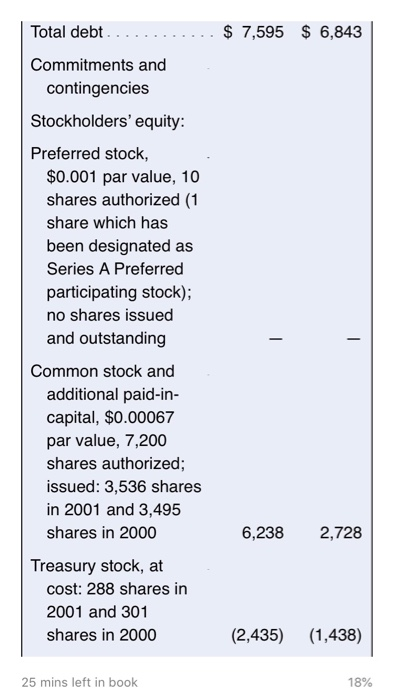
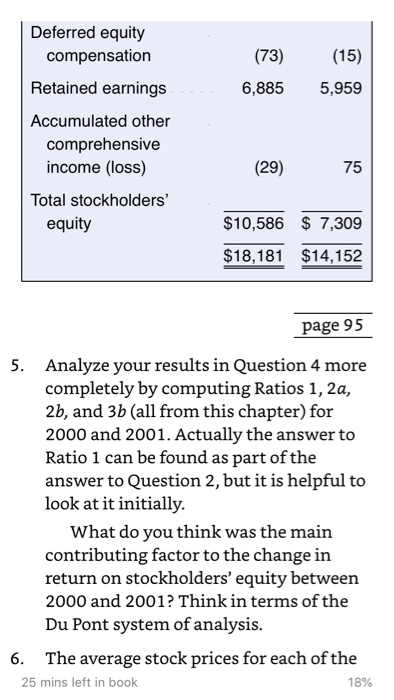
Step by Step Solution
There are 3 Steps involved in it
Step: 1

Get Instant Access to Expert-Tailored Solutions
See step-by-step solutions with expert insights and AI powered tools for academic success
Step: 2

Step: 3

Ace Your Homework with AI
Get the answers you need in no time with our AI-driven, step-by-step assistance
Get Started


